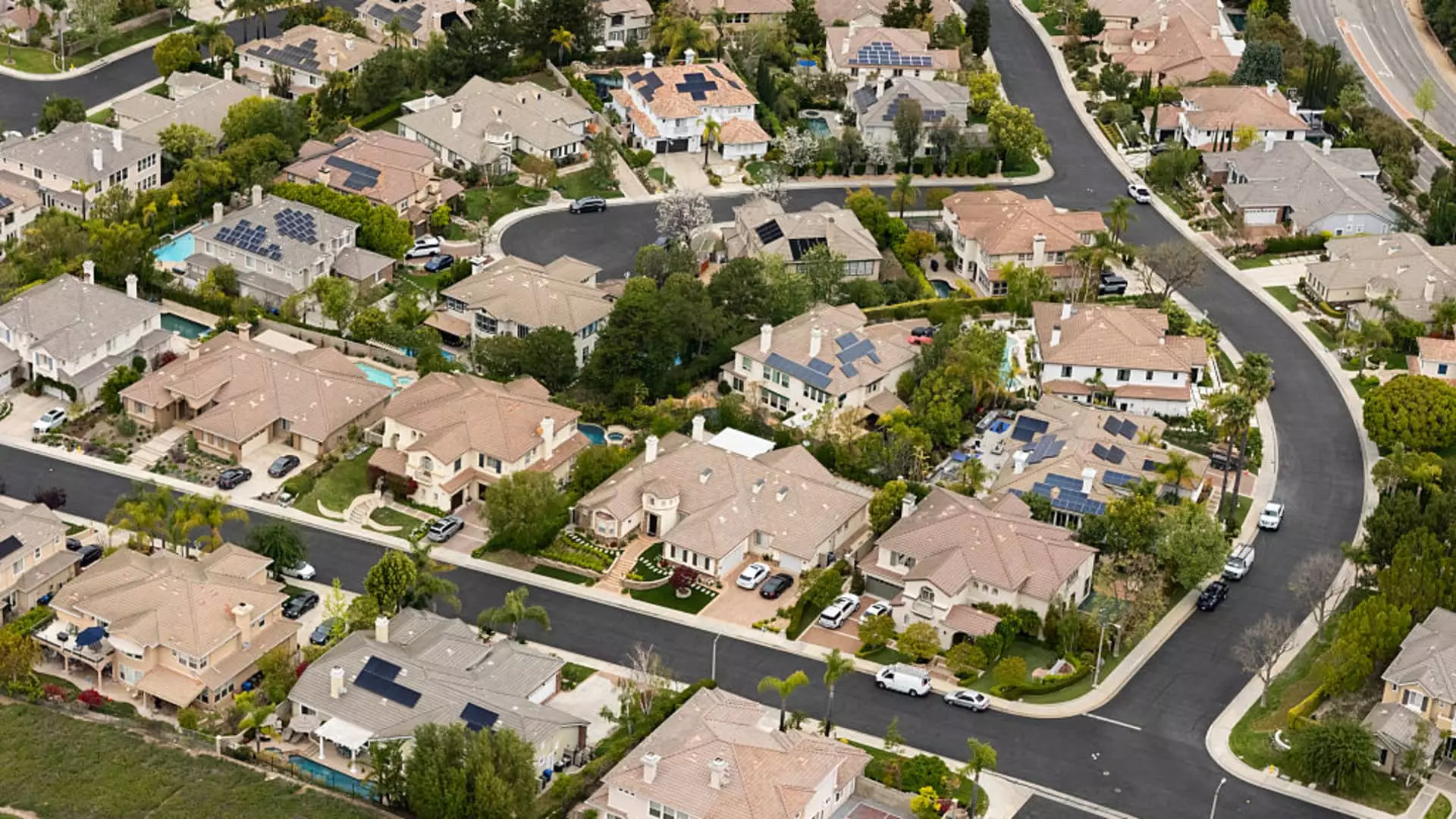The current trajectory of the housing sector signals a looming economic storm that could destabilize growth for months to come. As Goldman Sachs’s chief economist, Jan Hatzius, bluntly admits, residential investment is expected to plummet by roughly 8% in the latter half of the year. Such a decline isn’t just a statistic; it’s a red flag indicating systemic weaknesses rooted in affordability crises and shrinking household formations. This situation paints a grim picture for the broader economy, given the housing market’s historical role as both a driver and a barometer of economic health. If these trends persist, the implications stretch beyond individual homeowners—this could trigger a ripple effect that hampers employment, constrains consumer spending, and drags down GDP growth.
Structural Challenges: Affordability and Immigration
The root causes of this downturn are multifaceted, but two stand out starkly. First, affordability has become an insurmountable barrier for many potential homebuyers. Rising mortgage rates, driven partly by artificial rate buy-down schemes, reflect a shrinking pool of individuals capable of entering the market. These buy-downs, often used as a stopgap solution to keep rates low temporarily, highlight the desperation of buyers and the fragility of the housing market’s foundation.
Simultaneously, a significant demographic hurdle looms: reduced immigration. Under the new policies stemming from the Trump administration’s immigration crackdown, household formation—a vital engine for housing demand—is stalling. With fewer newcomers establishing roots, fewer families are emerging to fill new homes, directly throttling construction and demand. This stagnant demographic inflow saps vitality from the housing sector and, consequently, the entire economy.
Construction and Labor Market Concerns
The forecast reveals a dismal outlook for construction activity. Multi-family housing, which historically provided resilience in the face of single-family home declines, is anticipated to remain depressed through the end of the year. Meanwhile, the contraction in new single-family home starts signals that builders are increasingly hesitant amid rising costs, regulatory hurdles, and softening demand. This slowdown is compounded by broader labor market weakness: if employment figures weaken, discretionary spending—including home purchases—will diminish further. The interconnectedness of these factors suggests a perfect storm, where declines in one area cascade across others, exacerbating the economic downturn.
Policy and Market Repercussions
Given these realities, policymakers face a critical juncture. Relying on interest rate hikes to curb inflation might inadvertently deepen the housing crisis by making borrowing even less affordable. On the other hand, misguided intervention or inertia could allow these issues to spiral unchecked. Free-market advocates argue that supply-side reforms—reducing regulatory barriers, encouraging construction, and fostering immigration policies that incentivize growth—are essential to rekindle demand and stabilize prices. Ignoring these signals risks pushing the economy into a prolonged stagnation, with the housing market’s woes acting as both cause and consequence of wider economic malaise.
This scenario underscores a fundamental truth: without pragmatic reforms and a balanced approach to economic and social policies, the housing sector’s decline could become an anchor dragging down the entire economic machine.


Leave a Reply